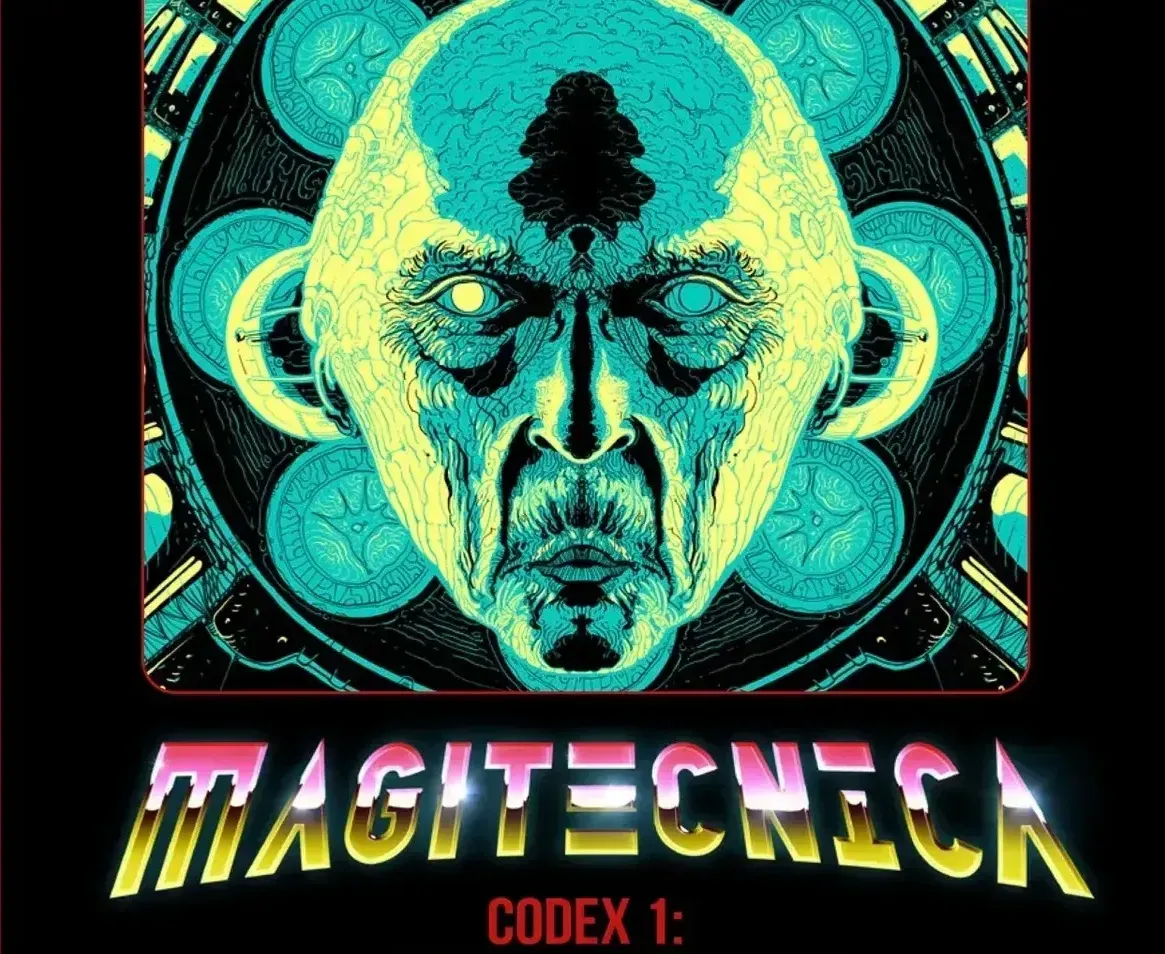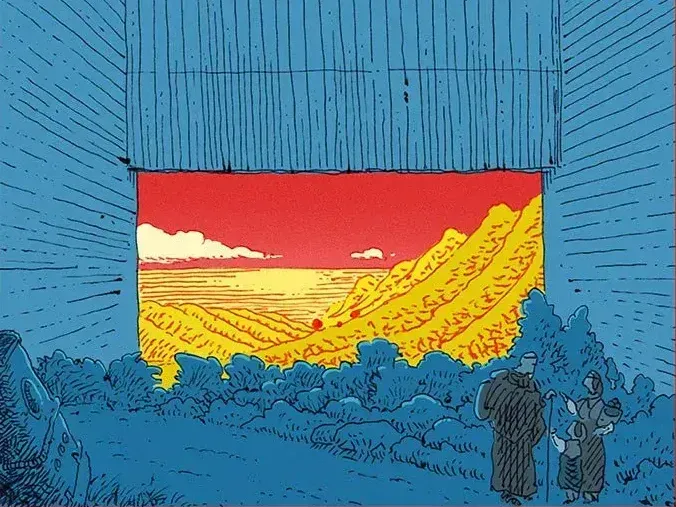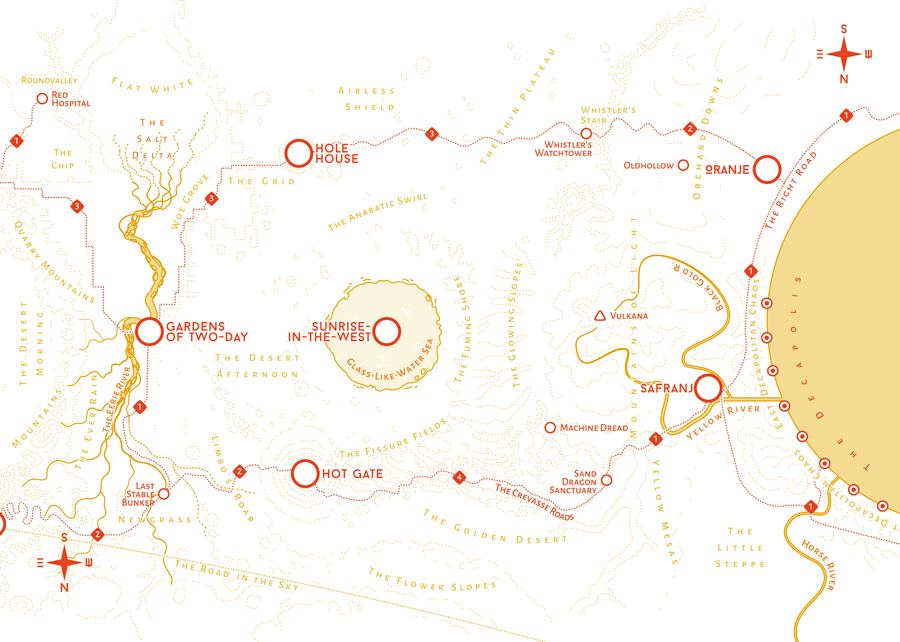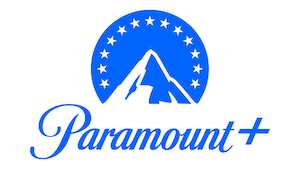Recently, Ultraviolet Grasslands stunned me with its surreal imagery, deep caravan mechanics, and infinite potential for exploration. Luka Rejec has a rare ability to marry usability with weird aesthetics; where UVG limited him to the structure of a core book, today I’m following him into the wild and unbound world of zines. A rising staple of the indie world, zines are short, relatively easy to produce, and free to slip loose the surly bonds of tradition. Today’s jaunt will look over Magitecnica’s otherworldly powers, a spacetime mystery with There, a Red Door, and a new UVG starter location in Eternal Return Key.
While all of these are written with Ultraviolet Grasslands in mind, the OSR-lite rules make them adaptable to plenty of other systems. This article won’t have the qualitative discussion of a full review, short as these zines are, but I will mention one small weakness that holds true for the three zines: a lack of context. They generally throw you right into the action, with little direction on how to use these at the table. While the visuals, concepts, and general rules text is strong, it would help a lot to have a brief opener for the GM signaling “hey, this is what this is actually used for.” Skipping those sections saves on page space and helps contribute to the already palpable vibe, but it does leave you with extra effort to interpret the text.
Magitecnica Codex 1 - the use and Misuse of Powers Great and Small
The powers held within this tome are deliciously strange, and carry a heavy burden. All of them cost HP to use, with a sliding scale for more powerful effects. In a way this creates its own addition to the advancement system: as you level and gain HP, you inherently gain a new resource for powers, and new options via the risk/reward mechanism. The more dangerous a power, the more HP they require to use.

They have a nice depth in terms of mechanical options for how you access or modify powers, making it easy to tailor them to your own setting or system. Powers can be items, traits, or psychic burdens, and they come with a risk of Corruption. Your face could fall off, replaced with a living skull, you could grow glowing fungus all over your body, you could sprout a new psychic ability, or (at worst) die to be replaced with a chaos skeleton. Good times. Along with monsters and environmental effects, failing Power checks can grant you varying levels of Corruption, which will permanently mutate your body and mind.
Beyond creative discussion of how you can create, modify, locate, and use Powers, the abilities themselves are wondrously unusual. Organized into Albums rather than schools, they cover broad conceptual ground. Asking questions to a crossroad, modifying reaction rolls, or tying your consciousness to a bullet are just the start of it. Everything is interspersed with poetry, selling the atmosphere of the setting. There’s no doubt I will have my eye out for Codex II.
There, a Red Door
This one is a complicated proposition, perfectly fit for a zine. There’s almost no “game” text at all in this collection of poems and rituals. The book is a listing of locations, spells, and items, bound together by no clear context or explanatory material. It’s up to you and your players to make sense of the mysteries found herein. The art is minimal, sometimes containing notes in alien languages. The maps are disconnected, impossible to place next to one another. There’s much here that is inspiring and evocative, but making this usable in game terms will require some patience and creativity.

Synthetic Dream Machine: Eternal Return Key
Back to more traditional fodder, ERK is sort of a quick start for UVG’s SEACAT system. It has enough to make a character, with impressive resources for fleshing out their history, goals, and special features. It’s more than that, though. The book mixes in a short graphic novel about a robot resurrected to begin adventuring. The locations contained within also assume you have died and returned to explore the vast Grasslands. At 32 pages there’s a surprising amount of material here, both as visual art and game mechanics. One could use this as an RPG on its own, or a reference for UVG players.

In Conclusion
It’s hard to know exactly what to make of these books, except that they form a fascinating picture of Luka Rejec’s mind. Venturing across themes, aesthetics, and levels of usability, they go a long way to explore the freedom that zines offer as a format. These zines, future codices, and UVG itself are all available at Exalted Funeral’s site now, in digital or physical form.

















